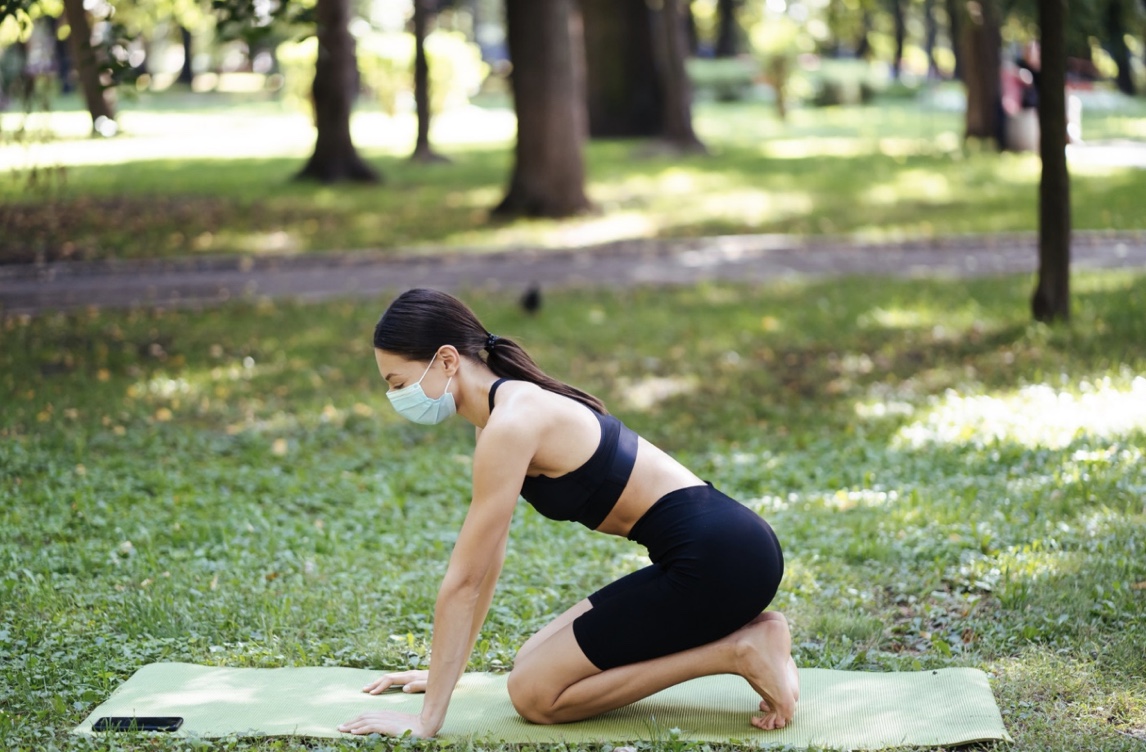We all long for the summer season to exercise under the sun, play soccer, go on a nature trail, or jog in the park. However, you may not be aware that exercising in that intense heat can be harmful as the rate of dehydration is high. When dehydrated, you stop sweating, which causes your core temperatures to rise. As a result, this puts your nervous system and internal organs at risk of damage. In severe conditions, your body may fail to keep up with the heat, humidity, and excessive fluid loss through sweat, which leads to heat exhaustion. Signs of heat exhaustion include nausea, dizziness, muscle cramps, and fatigue. But all this can be mitigated. By applying the necessary precautions, you may be able to avoid these adverse effects of summer exercising. Below are a few exercise safety precautions to practice during summer weather.
-
Chapter Overview
Drink plenty of water when you are out and about
While it is essential to stay hydrated during all seasons, it is crucial during the summer, particularly during exercise sessions. Due to the high temperatures, your body sweats to bring a cooling effect which in turn causes dehydration. Therefore, drinking plenty of water replaces the lost fluids. Specialists recommend taking 600ml of water before exercise, 200ml before getting into the heat, and a gulp every 15 minutes during exercise.
-
Exercise early or late in the day
During summer, certain times are hotter than others. Consider exercising during early mornings and late evenings when the temperatures are low. Alternatively, you may try to beat the norms and do an indoor exercise session under regulated temperatures. Also, exercises during the summertime should be less intense than in other seasons. You will need to slow down on the duration and intensity of working out. If you live in a bike-friendly area, consider commuting by electric bike, or e-bike, as a form of exercise. Many people don’t exercise regularly simply because they don’t have time. Incorporating more physical activities in your daily routine can solve that problem. Besides taking your bike to work and to nearby places, you can choose to take the stairs or get down one or two stops away from your stop and walk to your destination. These tiny changes won’t disrupt your routine too much and help your mind and body stay healthy. Of course, make sure to avoid going out between 10:00 a.m. and 3:00 p.m. when the sun is at its peak.
-
Wear light, breathable clothing on hot days
The clothing you choose for working out determines how your body can respond to the high temperatures. The advisable attire is light-coloured to reflect the sun rays rather than dark colours that absorb. If your exercise requires protective gear such as helmets, consider taking a few breaks and removing them to cool off. Such gear traps heat on your body and raises the body temperature. Wearing UV-blocking sunscreen can go a long way in ensuring you tolerate the high temperatures.
-
Always have sunscreen on
Even if you are not exercising, the ultraviolet rays from the sun can be harmful to your skin. Therefore, you should apply sunscreen 20 minutes before stepping out, thereby protecting your skin from the dangerous rays. Various sunscreens are available; hence you need to consult with your dermatologist on the product that works well with your skin. Any standard sunscreen should have a sun protection factor (SPF) of 30 and above. Another feature that your sunscreen should include is broad-spectrum and water resistance. Over the course of the day, you will need to reapply the sunscreen as it may wash off, especially when swimming.
-
Get to know the warning signs
As mentioned earlier, exercising in hot and humid weather might result in heat exhaustion, a severe medical condition. Heat exhaustion starts as a mild heat-related illness but can become a concern after continual exposure to such temperatures. If heat exhaustion is not attended to, it lowers the pulse rate, triggering a heatstroke. Heatstroke is characterised by unconsciousness, seizures, and body temperatures above 39°C.
-
Acclimate yourself
Before being involved in any outdoor exercise, you need to prepare yourself psychologically. Psychological preparedness gives you mental toughness to handle high temperatures. Before the day of exercising, you might need to familiarise yourself with the weather by getting out in the middle of the day. You can also check the heat index for the relative humidity on that particular day and region.
-
Assess your previous day activities
You could learn a thing or two from how the previous exercise session was. Some of the aspects to track include physical activity, fluid ingestion, and diet. From there, you will be able to gauge what needs to be improved or lowered. It is also necessary that you avoid certain diuretics before exercising as they speed up dehydration.

